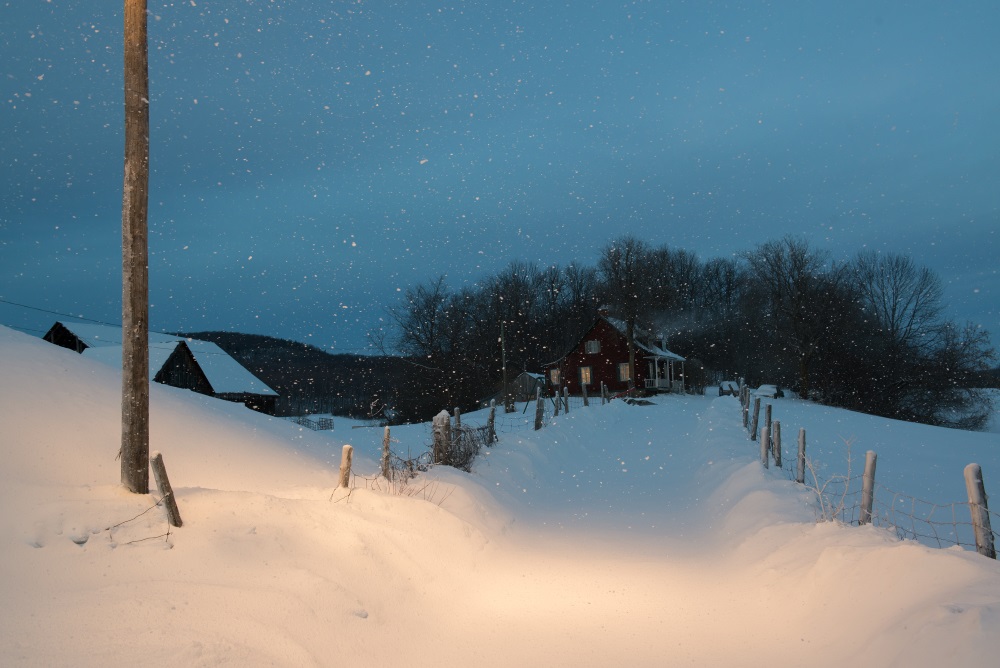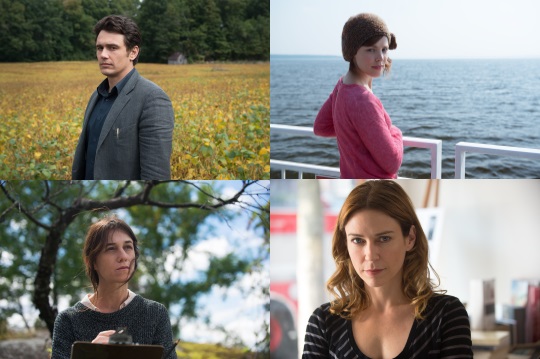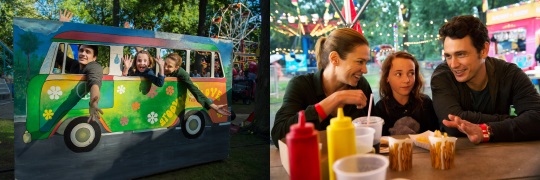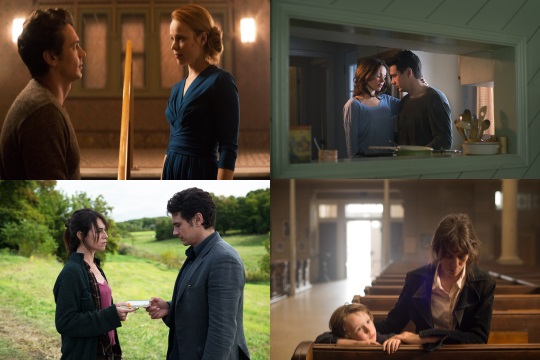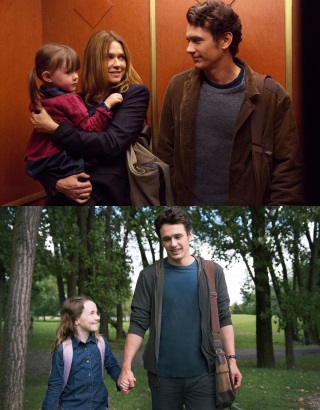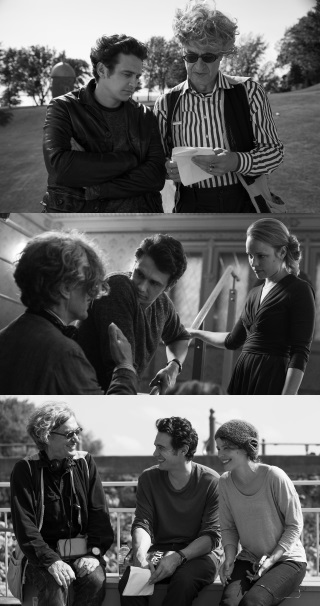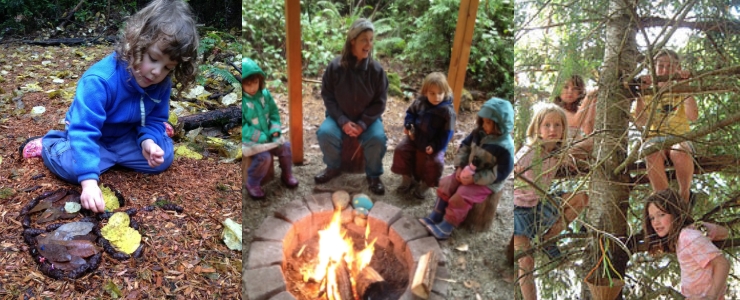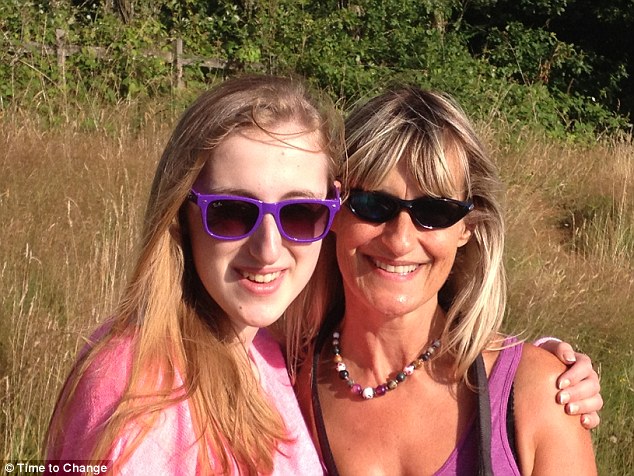EVERY THING WILL BE FINE 3 Sep Twilight Shed Again
Unfinished Business, leashed emotion, a life lives in yesterday, and kills the future. How could we embrace the past and resume our life? The latest film of Well-known director, Wim Wenders, Berlin Film Festival Lifetime Achievement Award of 2015, “Everything Will Be Fine”, integrate the life, pass through the past, the present, and the future…
Script “It wasn’t me who chose the story, it chose me”, says Wim Wenders: ‘Every Thing Will Be Fine’ came to me in an unexpected way, in the form of a screenplay in the mail, sent to me by Bjorn Olaf Johannessen.” The German director had met the young Norwegian screenwriter during the Sundance Script Lab where Johannessen’s screenplay “Nowhere Man“ had received the top prize from the jury chaired by Wenders. Impressed by the originality of his idea, the clarity of its structure, the quality of the dialogues and the natural simplicity, he encouraged the young author to send him his next screenplay. In fact, Johannessen did this three years later, and Wenders liked this first draft of “Every Thing Will Be Fine” so much that together with his producer Gian-Piero Ringel they decided to option the script and to start its development already during the postproduction on “Pina”.
Decision of 3D The experiences Wim Wenders had made with the 3D technology during the shooting of “Pina” played an important role in this decision: “The greatest 3D surprise during this ‘Pina’ apprenticeship wasn’t our extremely lavish crane shoots or the often very exciting outside shots. The simplest shots we did at the very end of the shooting were the real revelation: we filmed portraits of each member of the ensemble for a few minutes, just a person sitting in front of the camera, with a dark wall behind. What I saw there exceeded all my previous understanding of 3D. There was everything I had experienced
already, ‘space’ and a certain ‘depth’, but also something quite new that I had never seen before: the sheer ‘presence’ and the simple and natural existence of a person in front of a camera surpassed everything I had ever seen, both in the old cinema as well as in the new three-dimensional one. A story that one could tell with this kind of enhanced presence would literally get ‘under your skin’. ‘Every Thing Will Be Fine’ was precisely the right story for trying this new intimate storytelling in 3D because so much of it happens within the characters.”
MONTREAL AND SURROUNDINGS When it became clear that Wim Wenders wanted to direct the film himself, work started to further develop the screenplay which, at this point, essentially consisted of a very interesting basic structure of around 12 short chapters breaking down into small periods of time over the course of about 12 years. But above all, the film didn’t have a location yet: “I need a sense of place for my work”, Wenders says: “It is only when there’s a close connection between a place and a story that I can really understand it and know how to film it…” Interest soon centered on Canada after Germany, the base of Wim Wenders’ and Gian-Piero Ringel’s production company Neue Road Movies was ruled out. A location with safe snow conditions in the winter was needed. The author’s Norwegian home was discounted, as it needed to be plausible that people were speaking English: “When Bjorn Olaf wrote the story, it was initially set nowhere,” Wim Wenders recalls. “When I realized that I needed a hilly landscape with lots of snow as well as a large city in the vicinity so that one could plausibly move back and forth without having to take a train or plane, I immediately knew the right place, and that was Montreal and Quebec.” “I looked for the right location over the course of two years until I came across the little town Oka. You have a wonderful view there of the Hudson River which actually turns into a lake there. In the summertime, it’s a peaceful scene full of sailing boats. But in the winter, it’s completely transformed: the water becomes an ice bridge, and you can drive over it to the other side. You have people staying in these little huts on the frozen lake and fishing. I liked this idea of a place that is completely transformed and whose character is quite different in the winter from the summer. I first came to Montreal in the 70’s and then became a regular visitor of the ‘Festival du Jeune Cinema’. I’ve always liked the town and had the feeling that I wanted to explore it further at some point. I waited, so to speak, for 30 years so that I could shoot here.” When the locations were decided, director, author and producer stayed in Montreal for a while to further adjust the story to its new home.
The Seasons With the risk of telling a story over a period of 12 years and several seasons, “Every Thing Will Be Fine” is the biggest production to date - both financially and logistically - for “Neue Road Movies Filmproduktion”: “Of course, there was the obvious question of whether we couldn’t depict two, or better even three, seasons in one,” says producer Gian-Piero Ringel, who was nominated together with Wim Wenders in 2012 for the Oscar (“Pina”), when recalling the initial considerations about reducing the costs: “Shooting large parts of the interiors in Germany would have simplified matters greatly. But we then came to the conclusion that this accident can only happen in winter and that the period of almost 12 years had to be properly represented. The seasons are therefore an essential component of the film and convey the passing of time. So it was clear that we would be shooting at original locations rather than in a studio, and that we would need at least two shooting blocks. The whole crew would have to go to Canada twice, and both times do the preparations and the shoot, as if it were two films. In the finished film, you can sense that we were serious about the place as well as the time frame of our story.” Synopsis A winter evening! A car on a country road! It’s snowing, visibility is poor. Out of nowhere, a sled comes sliding down a hill. The car comes to a grinding halt. Silence…
The driver is Tomas, a writer. He cannot be blamed for the tragic accident. It’s also not young Christopher’s fault, who should have taken better care of his brother, nor their mother’s, Kate, who could have called the children home earlier. Tomas falls into a depression. The relationship with his girlfriend Sara breaks under the pressure. All Tomas can do is continue writing. But does he have the right to base his work on experiences that include the grief of others? The film follows Tomas and his efforts to give meaning to his life again, as he establishes a family of his own with Ann and her daughter Mina. It also follows Kate and Christopher until, at the age of seventeen, the young man decides to confront the stranger he only met once, on that fateful evening. In a careful and precise way “Every Thing Will Be Fine” talks about guilt and the search for forgiveness. It shows that it is not time alone that heals wounds but the courage to face up to things and to forgive. Especially oneself. From an original script by Norwegian author Bjorn Olaf Johannessen, Wim Wenders shoots again in 3D, and explores, after the success of his dance film PINA, the potential of three-dimensional expression in an intimate family drama.
EVERY THING WILL BE FINE Director: Wim Wenders Cast: James Franco, Charlotte Gainsbourg, Rachel McAdams, Marie-Josée Croze Genre: Drama Category: -- Duration: 118 mins Language: English with Chinese subtitles
|
|





